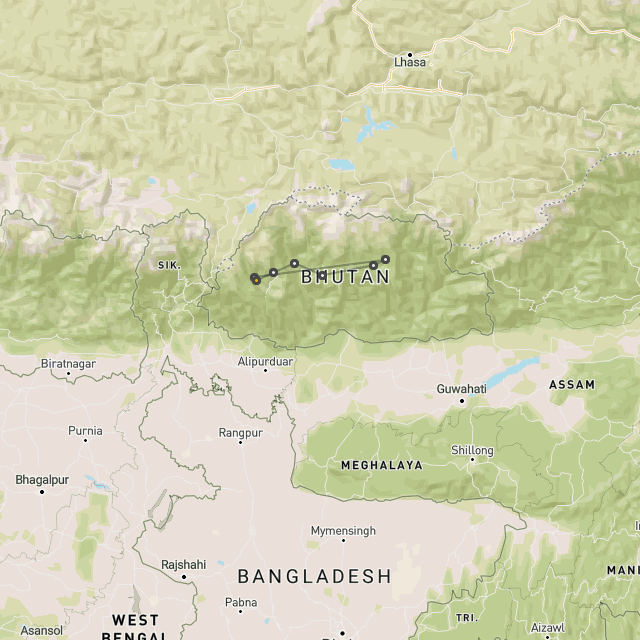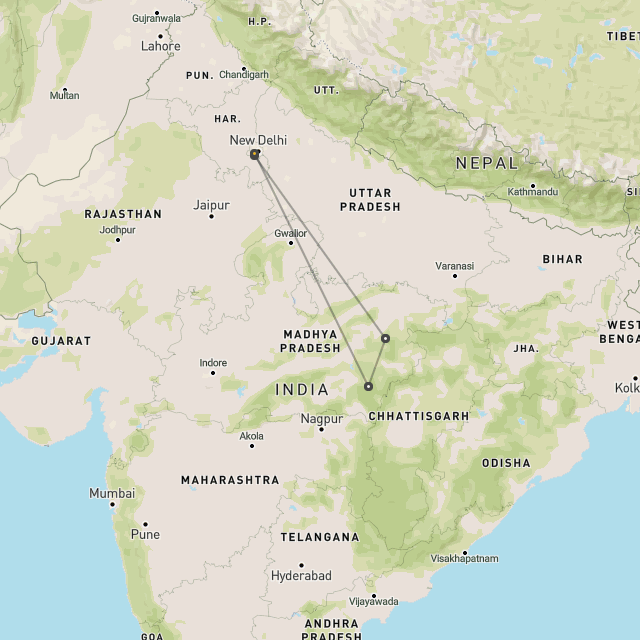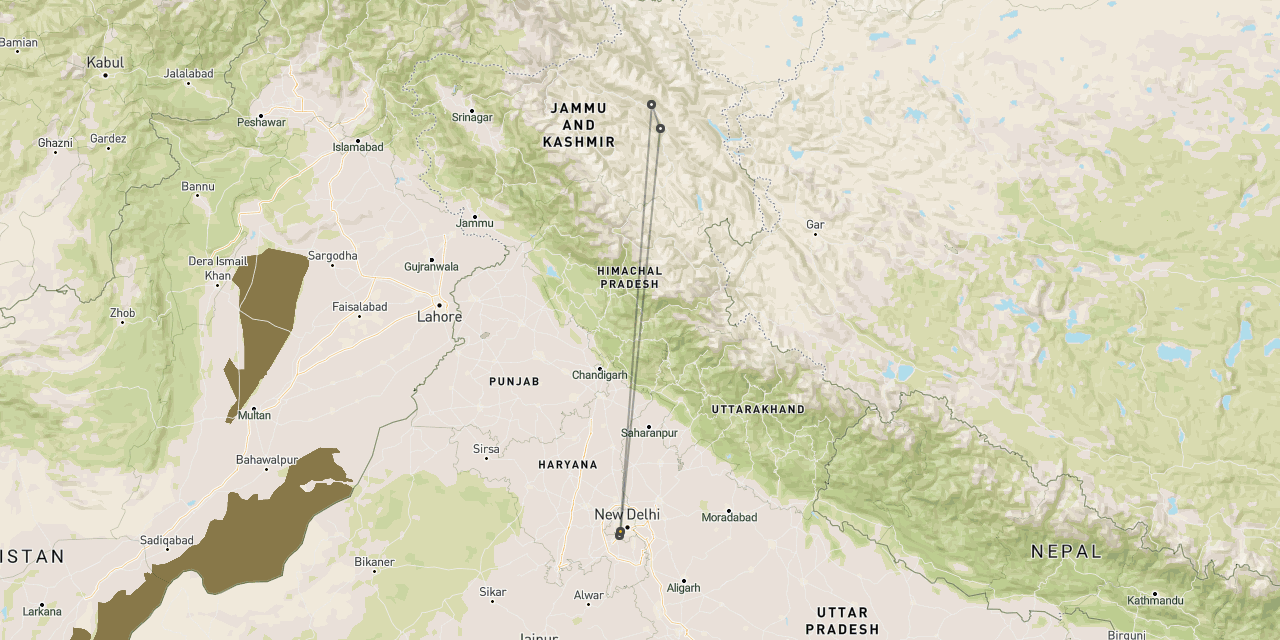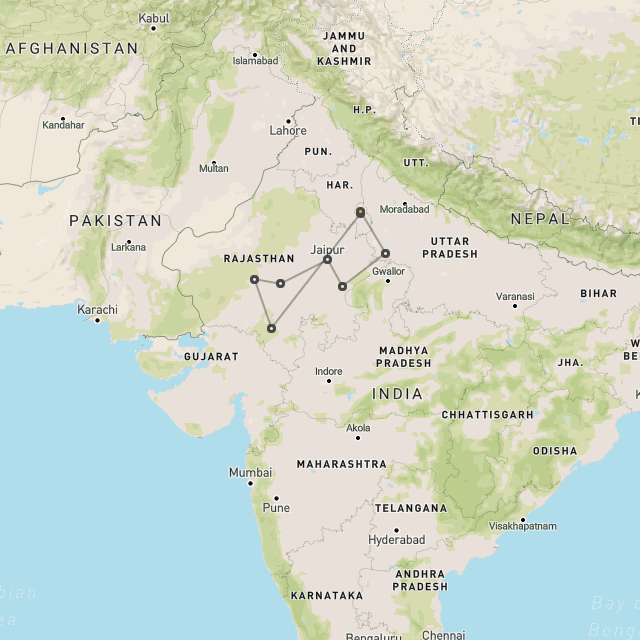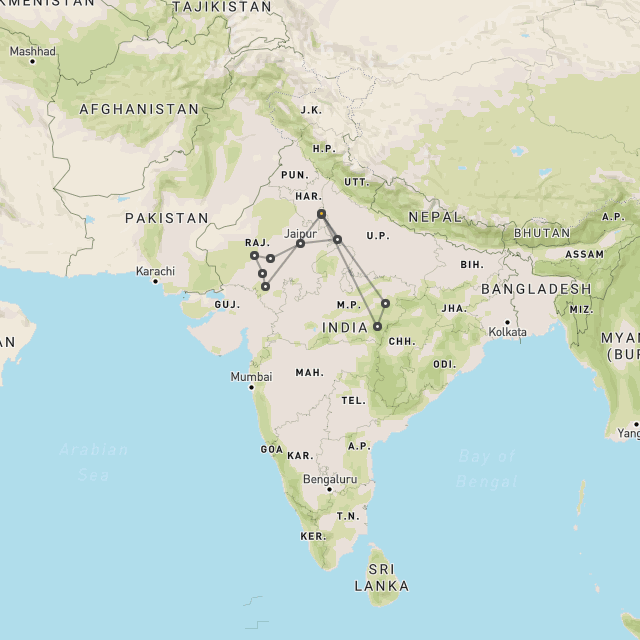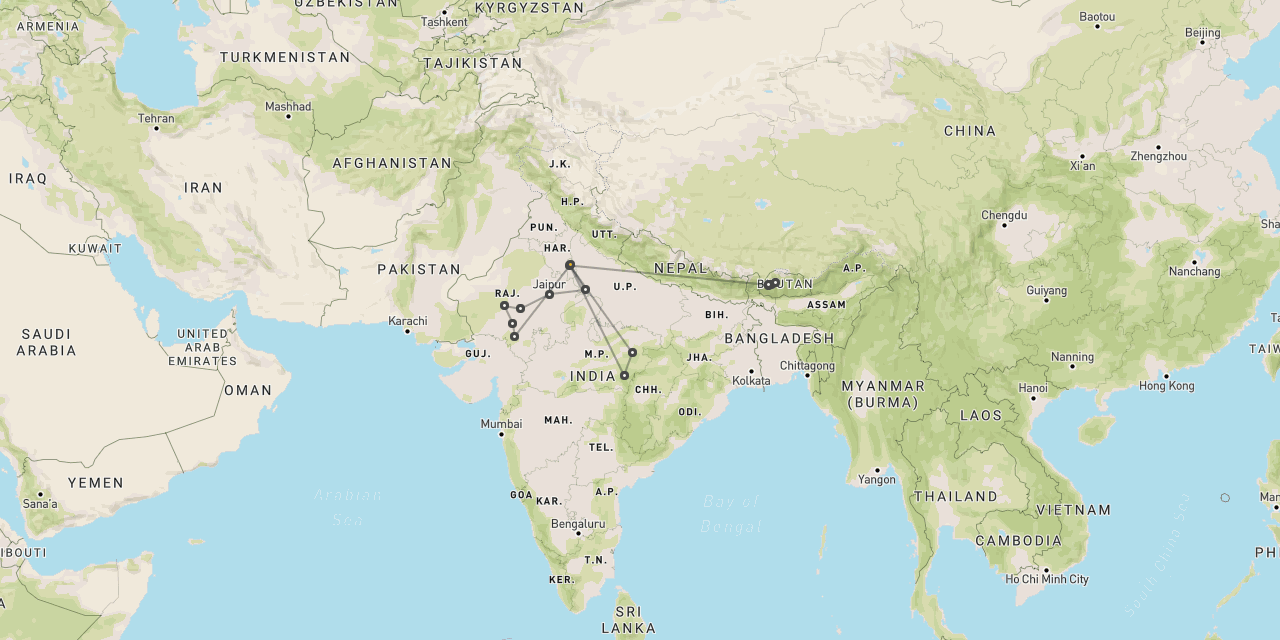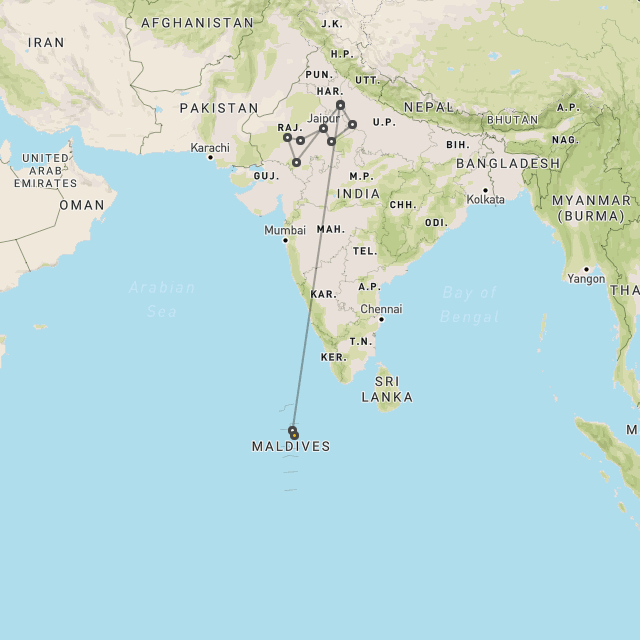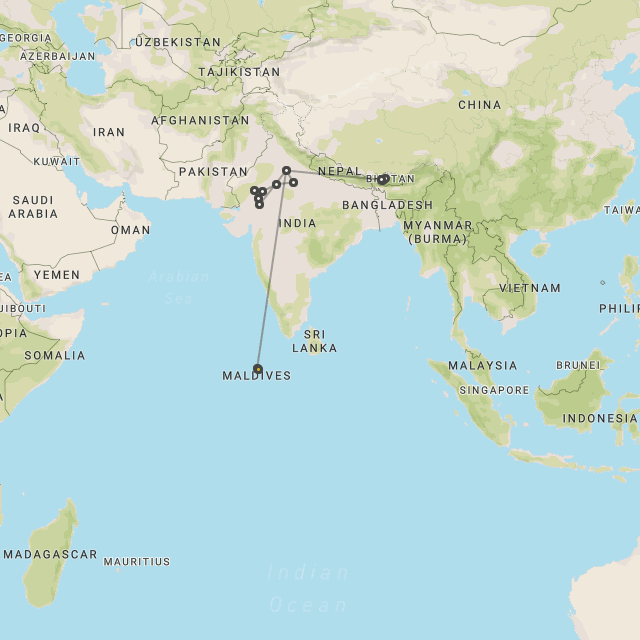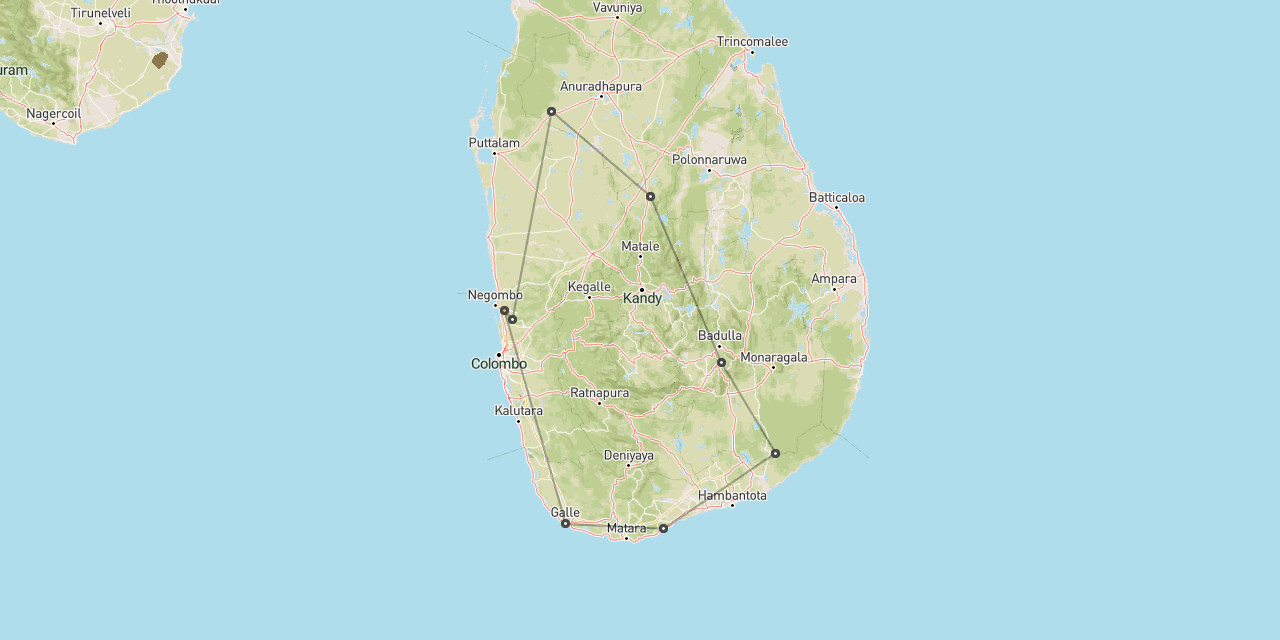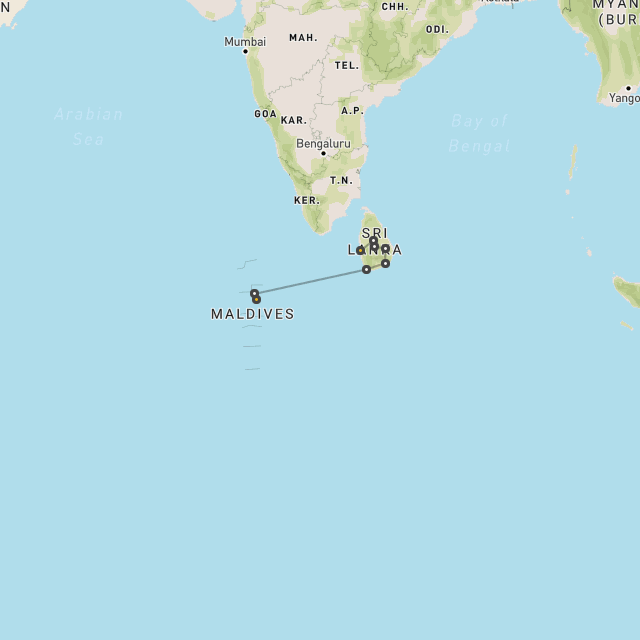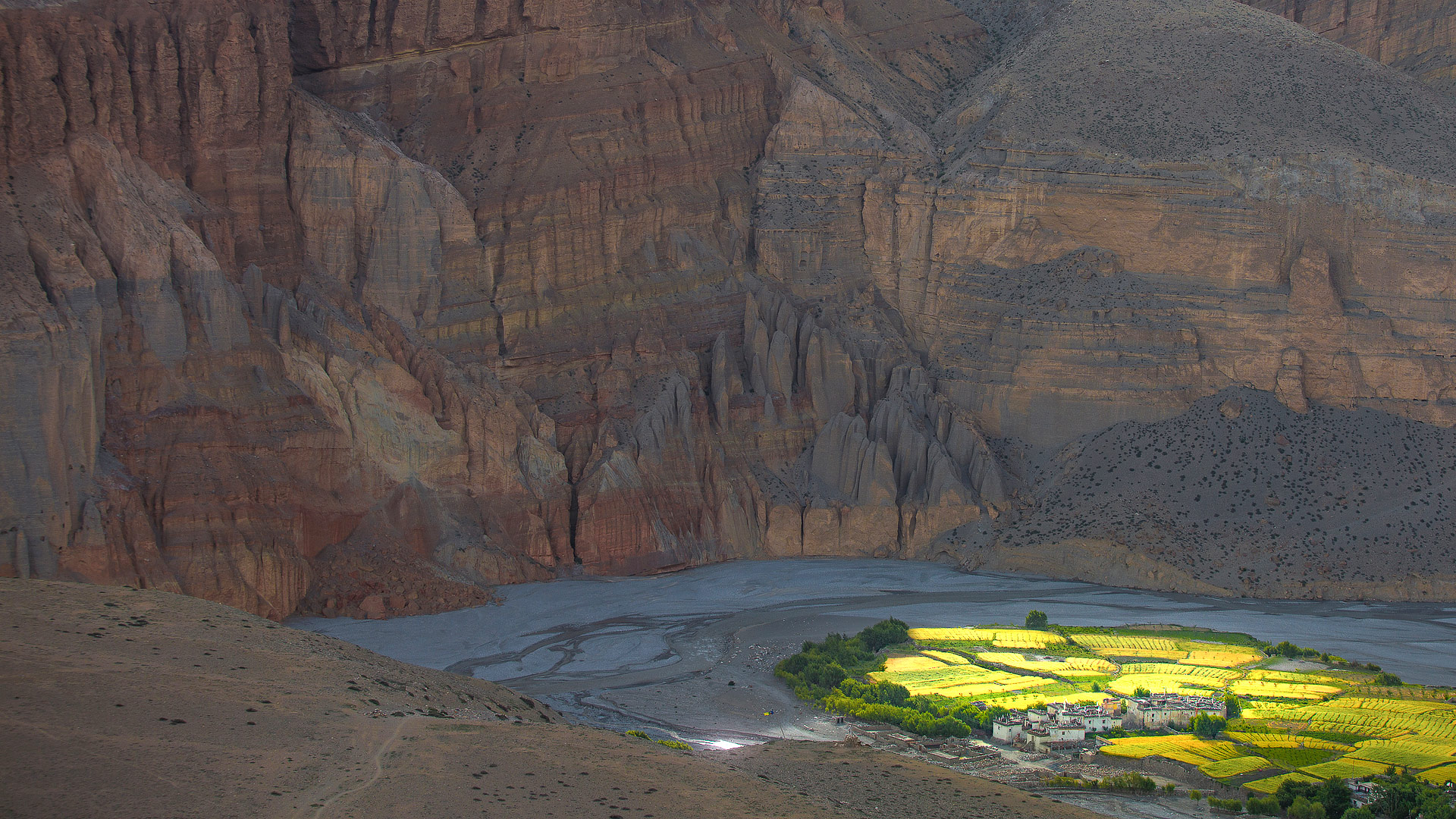
Travel to Mustang
Mustang
is a remote and fascinating area
between Nepal and Tibet
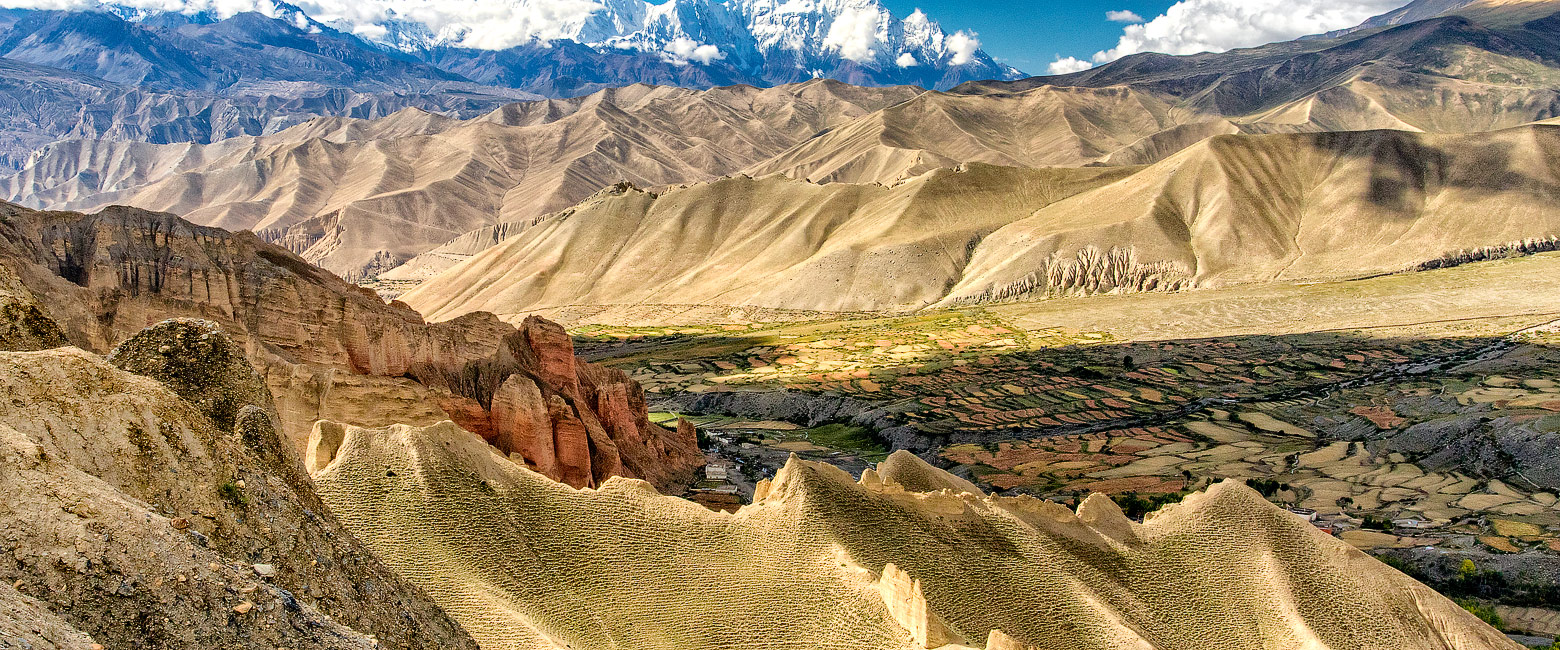
the forbidden kingdom
The Mustang Valley lies immediately to the west of the Annapurna Range and runs south to north for around 100 km, up to the border with Tibet, centred on the Kali Gandaki River.
The valley is traditionally divided into two separate areas …
Upper Mustang
The region of Upper Mustang was formerly known as the Kingdom of Lo. It was one of the last parts of the Himalayas to open to the outside world in 1992 and is sometimes referred to as “The Forbidden Kingdom”.
The ancient civilisation that developed here controlled the important trade route between China and India, which was particularly renowned for salt. It was annexed by Nepal in 1795, but remained largely autonomous until 2008.
Although the monarch was officially deposed at this time, many of the local people still consider the present Gyelpo (who can trace his lineage directly back to the founding of the capital Lo Mantang in 1380) to be their ruler.
The ancient walled city of Lo Manthang remains a wonderfully intact and authentic place, a labyrinth of white-washed mud and brick buildings, centred around a couple of ancient monasteries and the five-story King’s Palace, dating from around 1475.
We are often able to get permission for our guests to explore the Royal Palace and even have an audience with the Crown Prince.
The characteristic Tibetan Buddhist culture of the region remains largely intact and the majority of the population still speak local Tibetan languages.
The scenery up here is magnificent, being largely comprised of barren alpine desert, but with ribbons of cultivated land along the valley floor. As well as quaint villages, there are also lots of monasteries and temples to explore, as well as a plethora of tracks to follow into remote valleys.
The area is also renowned for its collection of around 10,000 man-made caves, some of which date back at least 3000 years, containing a wealth of mummified bodies and Buddhist paintings and manuscripts. Many caves are said to remain unexplored and undocumented.
In recent years Upper Mustang has become significantly more accessible, with a road having been driven all the way through to reach Tibet over the high pass known as Kora La (4660m / 15,300’).
Nevertheless, this area remains a highly appealing location for travellers who are looking to escape the heavily touristed areas of Annapurna and Everest and experience some authentic Nepalese culture.
Tourism to Upper Mustang is strictly regulated, with visitors needing to pay for an access permit of around USD 50 per day (usually with a minimum of ten nights on the permit). Visitor numbers remain relatively low, at around 2000 people per year.
Lower Mustang
Although it is Upper Mustang which takes all the headlines, Lower Mustang is not without its points of interest.
The area is centred on the small town of Jomsom, whose airstrip is the main port of entry (other than those trekking in along the Annapurna Circuit).
Jomsom itself may not be the most attractive of places, but smaller towns in the area, including Lupra and Kagbeni, are really rather appealing.
The people down here are distinct from those further north, speaking the Thakali language, which is a hybrid of Tibetan and Nepalese elements.
The landscapes down here are a lot more verdant, with much of the area lying below the tree line. The scenic Kali Gandaki Gorge is, by some measures, the deepest in the world.
At 2700m (8800’), this is one of the lowest places in Nepal from which you can view seriously high peaks at close proximity, including Nilgiri, Tilicho and Dhaulagiri.
Close to Lupra there is a monastery where the Bonpo religion (an animist faith which predates Buddhism) is still practised.
The village of Kagbeni is spectacularly perched above the Kali Gandaki River, guarding the entrance to the Upper Mustang. This ancient, partially ruined citadel is centred on the Sayka Gompa Monastery (dating from around 1200 AD) and is surrounded by an oasis of green fields .
Whilst visiting the Lower Mustang, international travellers are obliged to purchase a permit for the Annapurna Conservation Area, which is around USD 20 per person per day.
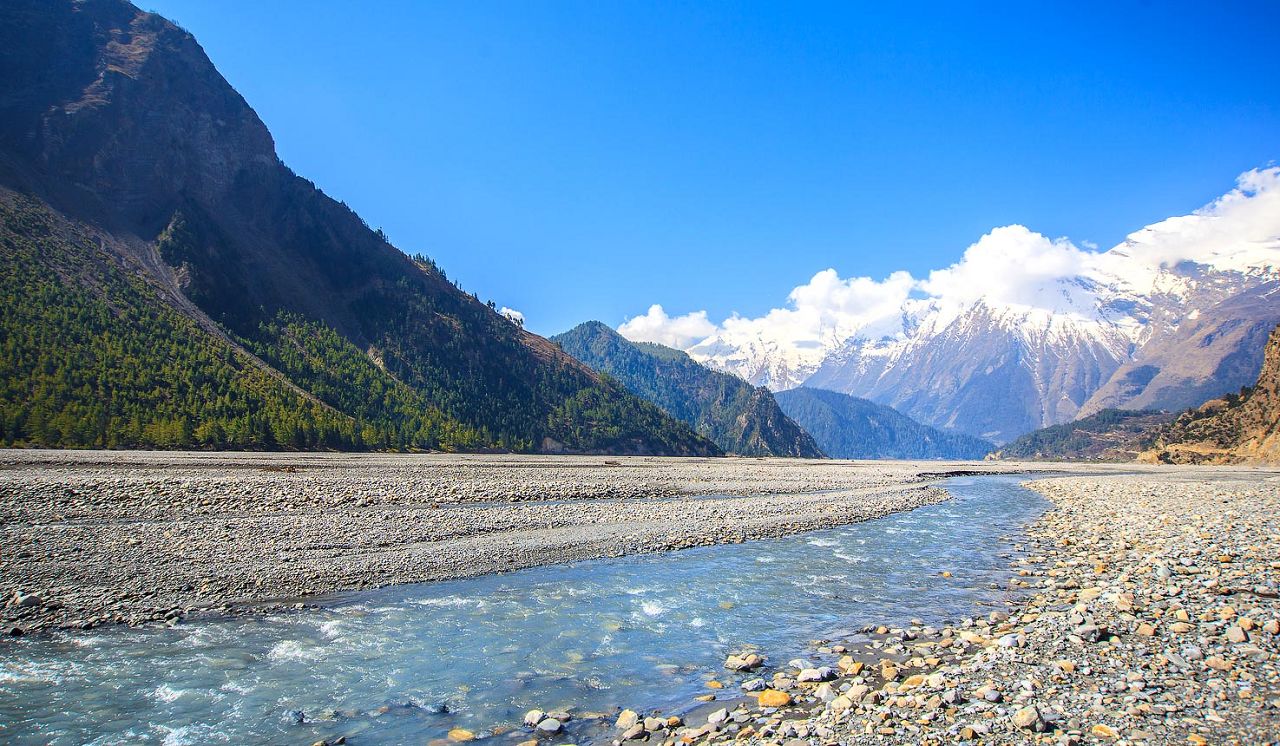
Gallery
Map
The best time of year to visit the Mustang Valley are the warmer seasons either side of the main monsoon, so Mar-May and Sep-Oct.
Sep-Oct
This period represents arguably the best time to be in Nepal.
Sep-Oct is the transition period between the end of the monsoon rains and the start of the cool dry season.
After the rains the air tends to be clear and the visibility for mountain panoramas is at its best.
During Sep-Oct the daytime temperatures usually rise to around 16C/61F, whilst the nighttime low temperatures hold up around -2C/36F.
Nov-Feb
Nov-Feb is the main cool dry season.
During Nov-Feb the daytime temperatures usually only rise to around 3C/37F, whilst the nighttime low temperatures plunge to around -20C/-4F.
There should be very little rainfall, but there may well be snow underfoot.
Mar-Apr
Mar-May is the warm season, with rain and snow slowly increasing in advance of the main monsoon.
During Mar-Apr the daytime temperatures can climb to around 18C/64F, whilst the nighttime low temperatures hold up around -3C/27F.
Rainfall usually increases through the period, although is relatively low this far north, in the shadow of the Annapurna Range.
From April the area experiences spring, with a blooming of flowers in the more verdant valleys.
A seasonal highlight of the Upper Mustang area is the Tiji festival, which is held in Ol Mantang usually at the end of May.
Jun-Sep
Jun-Sep is the main monsoon season and is generally considered to be the least favourable time to visit.
During Jun-Sep the daytime temperatures drop off slightly to around 26C/79F, whilst the nighttime low temperatures remain up at an uncomfortable -1C/30F.
Rainfall climbs to a modest peak and the sky is often heavily overcast.
Getting there
The Mustang Valley is usually accessed by private helicopter charter, direct from Kathmandu in the small airstrip at Jomsom.
On the return journey it is possible to fly by helicopter all the way up to the Annapurna Sanctuary, where you may be able to land at Annapurna Base Camp (the upper limit of treks in the region).
Although helicopter charter is notoriously expensive, it is so efficient that it often saves days of unnecessary travel and cost, making it surprisingly cost effective, at least for groups of four or more guests.
Where to stay
Although this area is remote, there are two surprisingly good hotel options, one in the Jomsom area of Lower Mustang and one in the Ol Mantang area of Upper Mustang
slightly wider spring and autumn seasons
let us know your thoughts about Nepal
and we will help you create the perfect trip
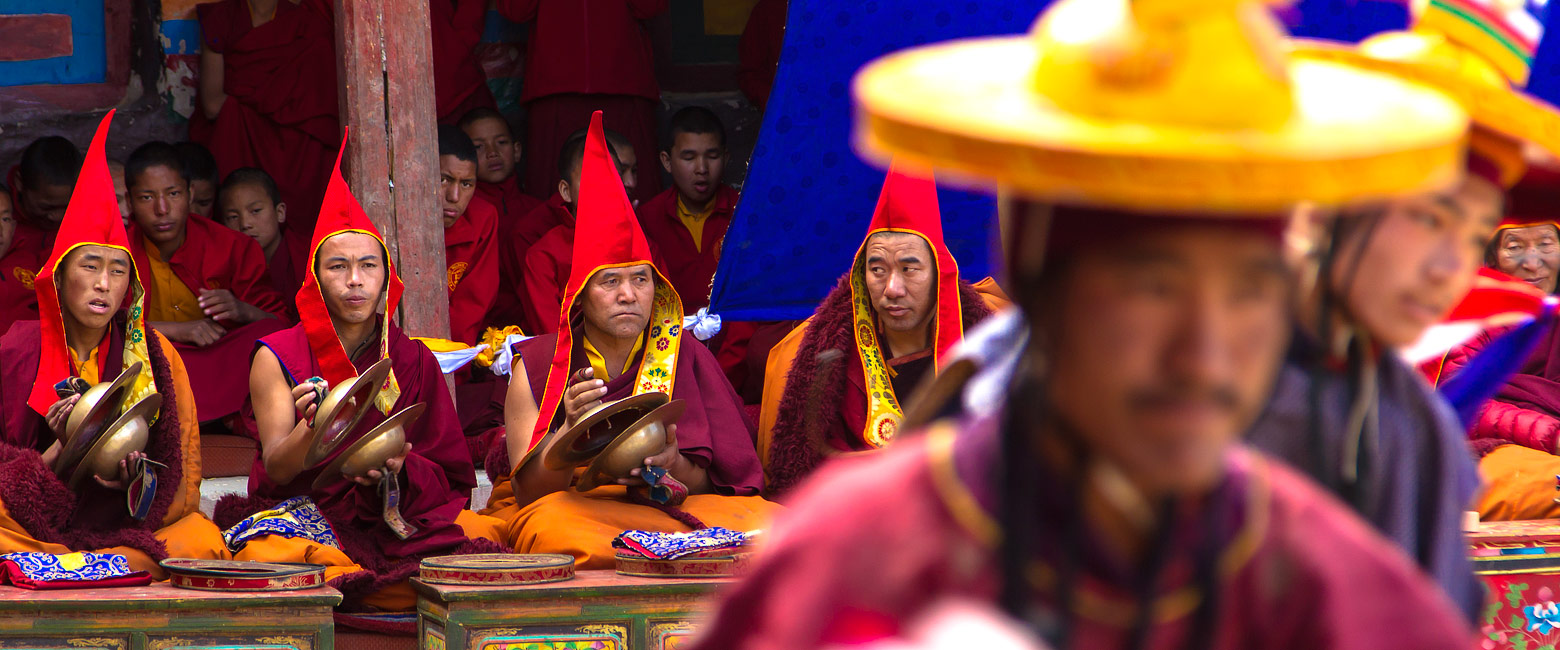
Extraordinary tailor-made adventures,
from earthy and edgy to easy and extravagant
From around USD 2500 per person, you set the ceiling
Sample Trips
Here are some of our popular trip shapes

Get started on your trip
It’s never too soon to get in touch, we are here to help with every stage of your planning.
Best Lodges
We regularly inspect and photograph all of the the best lodges, to ensure that we always recommend the most suitable options
Key Locations
Take a look around related locations. Click ‘View more’ to explore locations further afield.
Where Next?
Where Next?
We offer trips to dozens of fabulous countries.
Might one of these might be your next great adventure?

Please rotate your screen.









































